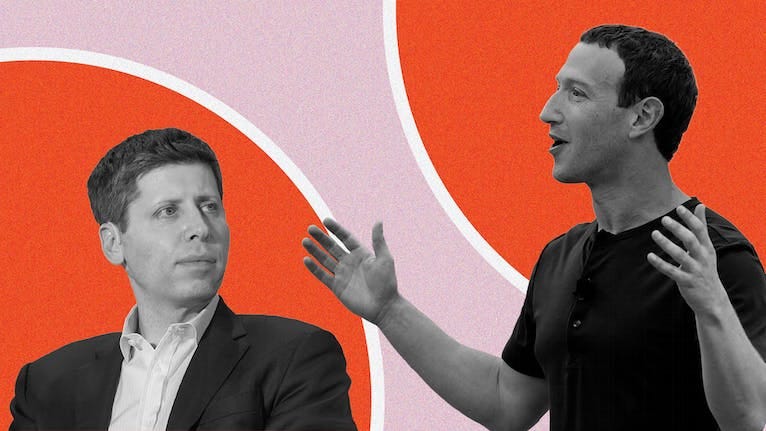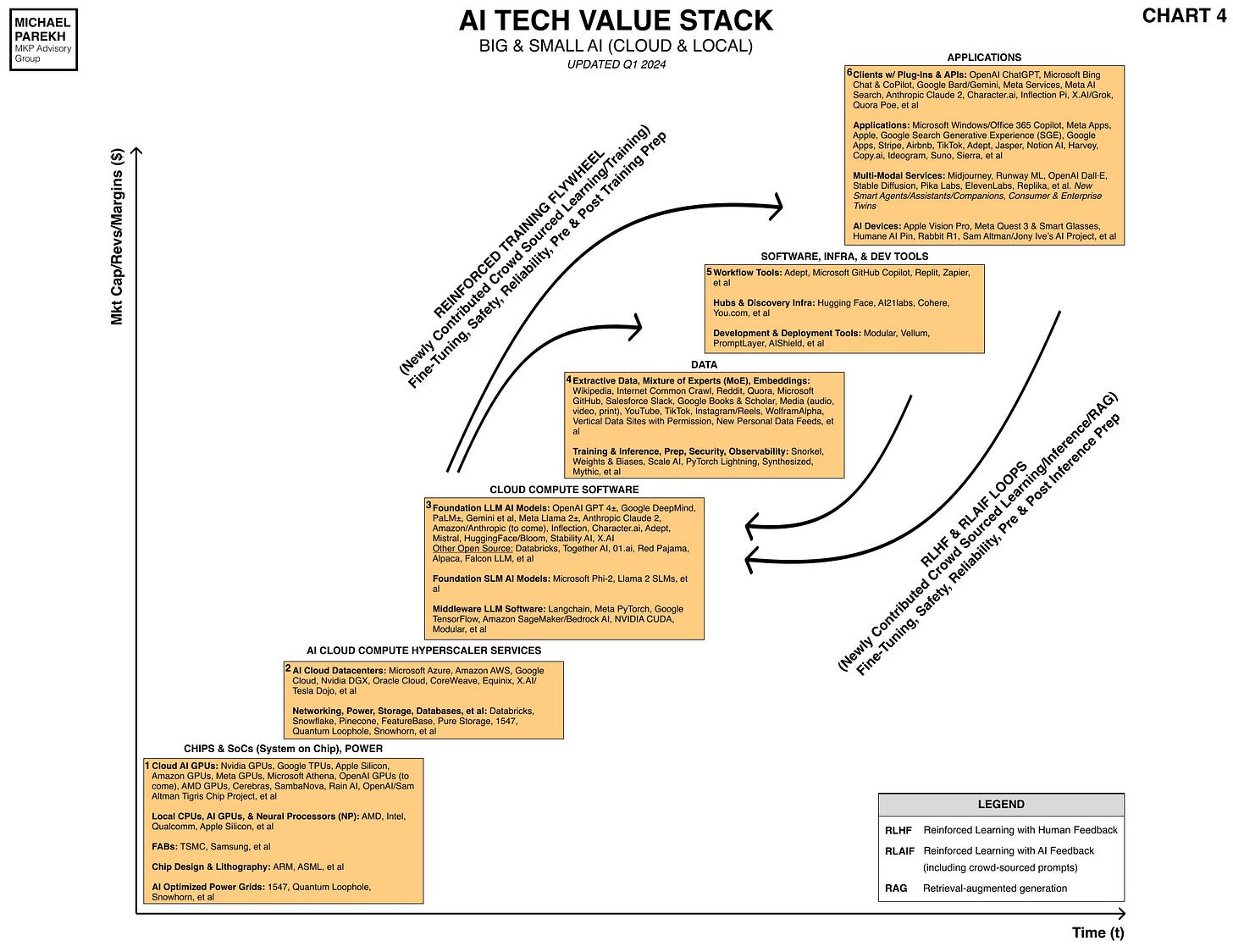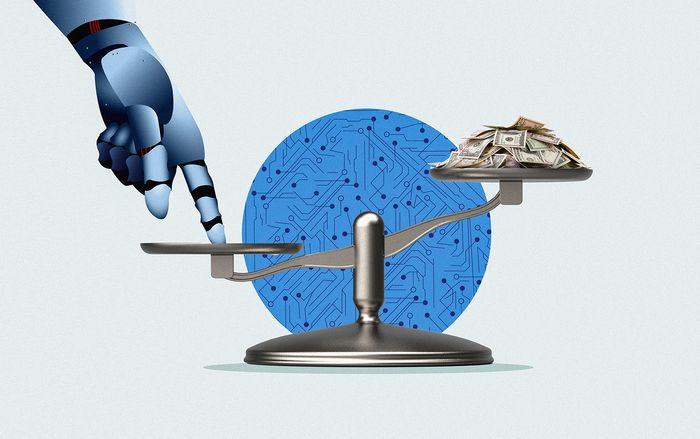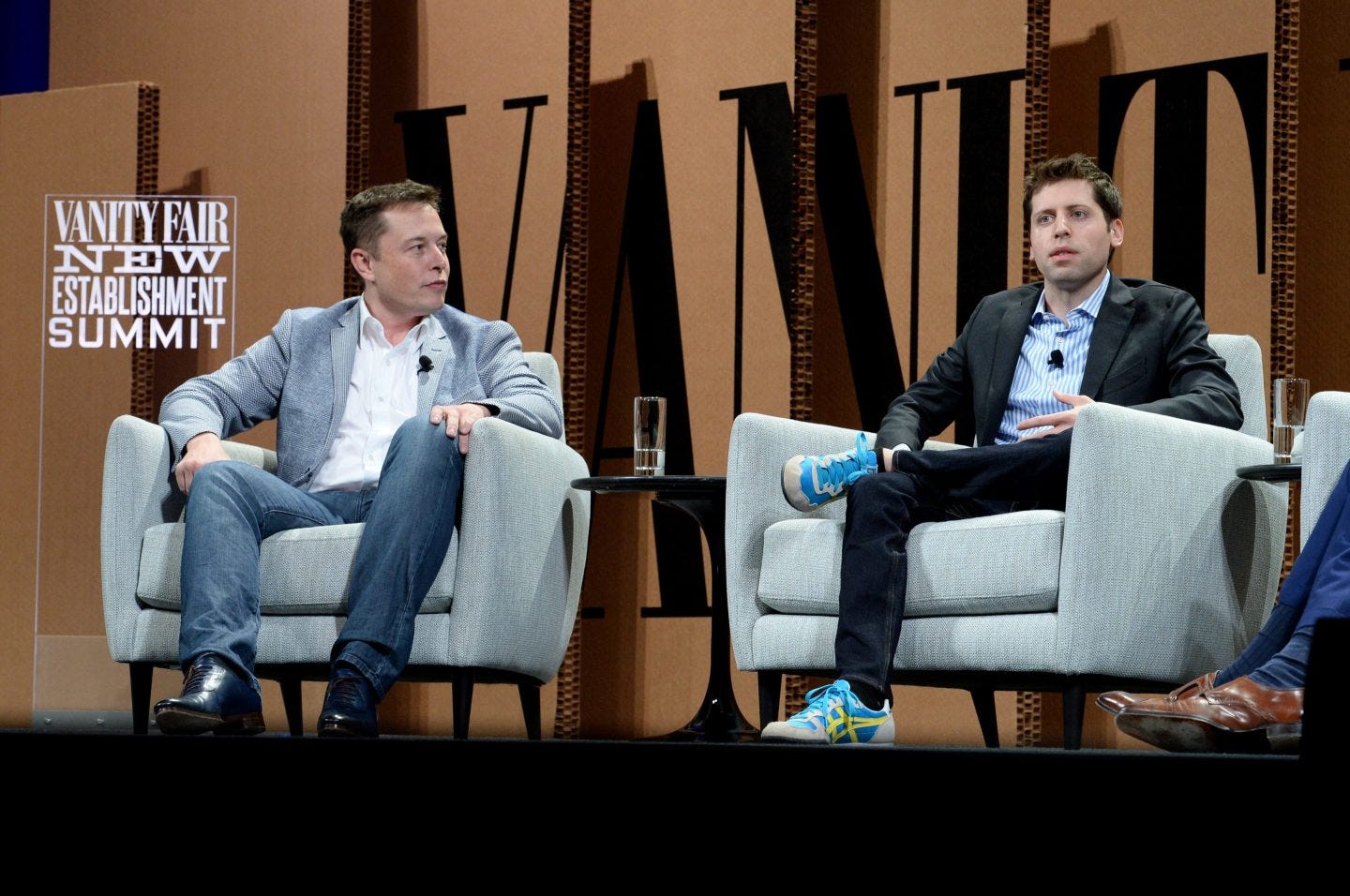AI: Open Source AI momentum continues. RTZ #307
...both 'open' and 'closed' AI software win together
As the AI Tech Wave continues to progress exponentially in its early days through 2024, the issue of Open source LLM AI software vs the ‘proprietary’, ‘close’ versions from OpenAI and others, continues to be debated. This is an issue I’ve highlighted before, including in this piece last Fall.
Amongst the big tech companies, the debate is often framed between two bookends, OpenAI’s Sam Altman with GPT 4 and ChatGPT, and Meta’s Mark Zuckerberg, who has championed open-source LLM AI models with Llama 2 and 3, as well as open source software infrastructure like Pytorch.
The issue continues to be front and center thus far in 2024. The WSJ in “OpenSource Companies are sharing their AI Free. Can they crack OpenAI’s Dominance?” puts it in context as follows:
“As the market for artificial intelligence models consolidates around Microsoft, OpenAI and a handful of other proprietary systems and players, some companies are aiming to compete by offering their AI models free.”
“The open-source approach of freely distributing technology for the public to use, share and modify helped create the modern internet, cloud-computing and billion-dollar companies. There is no guarantee it will work for open-source large language models, but some of tech’s biggest players are betting it can help them chip away at OpenAI’s dominance.”
OpenAI of course has the lion’s share of the AI software market for now, just as Nvidia has over 80% of the AI GPU hardware and software data center market to date. A point I’ve recounted before. The WSJ continues:
“OpenAI accounted for nearly 80% of the global generative AI market in 2023, according to an estimate from market research firm Valuates Reports. Elon Musk last week said his xAI startup will open-source its chatbot Grok, which hasn’t captured as much interest as OpenAI’s ChatGPT or Anthropic’s Claude. Meta Platforms last year released its Llama 2 open-source model, intensifying the competition between private and open-source models. Google released its Gemma open-source models in February, though it also sells access to its more powerful Gemini offerings.”
This year has also seen Elon Musk make enthusiastic moves in Open Source LLM AI, along with a host of other AI startups, as the WSJ elaborates:
“Elon Musk last week said his xAI startup will open-source its chatbot Grok, which hasn’t captured as much interest as OpenAI’s ChatGPT or Anthropic’s Claude. Meta Platforms last year released its Llama 2 open-source model, intensifying the competition between private and open-source models. Google released its Gemma open-source models in February, though it also sells access to its more powerful Gemini offerings.”
“Plenty of AI startups are betting on open source, too, with some of the most well-funded including Mistral AI, Hugging Face, Runway ML, Together AI, Writer, Cerebras and Databricks.”
Amazon is also a beneficiary of open source models, especially being the largest Cloud data center company with Amazon AWS, followed by Microsoft Azure, Google Cloud, Oracle Cloud, Nvidia DGX, and a range of other companies. They’re all competing aggressively in Boxes 2 through 5 below in the AI Tech Value stack below:
All of these companies, along with Nvidia, then offer open source AI software models, infractucture and services, for businesses to roll out their own AI products and services:
“Open-source AI models appeal to businesses because they offer a means of using large language models without paying and sharing data with a vendor like Microsoft. And because they are shared for public dissection, open-source models typically include their inner workings, which companies can use to build their own models.”
“But AI companies face a number of challenges—namely the initial costs required to train their models, which can run into the hundreds of millions of dollars, licensing their technologies and maintaining the loyalty of independent developers who propelled their technologies to popularity.”
Businesses of course are themselves trying to figure out the cost, benefits, and ultimate value of AI products and services, and it can be a slow and methodical pace as I’ve outlined before. The WSJ in a separate piece, “CFOs Tackle Thorny Calculus on Gen AI: What’s the Return on Investment?”:
“Companies from Motorola Solutions to Intuit are leaning on their finance teams to weigh the possible benefits against the costs—and keep those costs in check.”
“Finance chiefs are making sure their companies’ investments in generative artificial intelligence generate a return.”
“The stakes can feel enormous, and nobody wants to be left behind by their rivals. Companies across industries are testing generative AI, exploring new ways to make their workforces more productive, communicate with customers or improve financial forecasting.”
Open-source AI models and software infrastructure, are just another critical set of the lego pieces businesses are evaluating and figuring out how to use, as they deploy AI products and services, both for internal and external use.
Companies like Meta, Elon Musk’s xAI and others, also champion open source AI software as a recruiting tool, since that attracts the best AI researchers and developers to potentially join their AI folds.
But in the end analysis, open source software will remain as important for AI software and infrastructure as it has been for the tech industry in non-AI areas over the last couple of decades and more.
VCs and other AI luminaries will argue the merits and demerits of each side vigorously. And the debates will continue, especially in the media. But the industry will continue to aggressively push on both open and proprietary AI options going forward.
The lines between the two will get fuzzier, and less relevant over time in practical terms. Open and closed AI will both make all the difference. Just all together, not separate. Stay tuned.
(NOTE: The discussions here are for information purposes only, and not meant as investment advice at any time. Thanks for joining us here)








